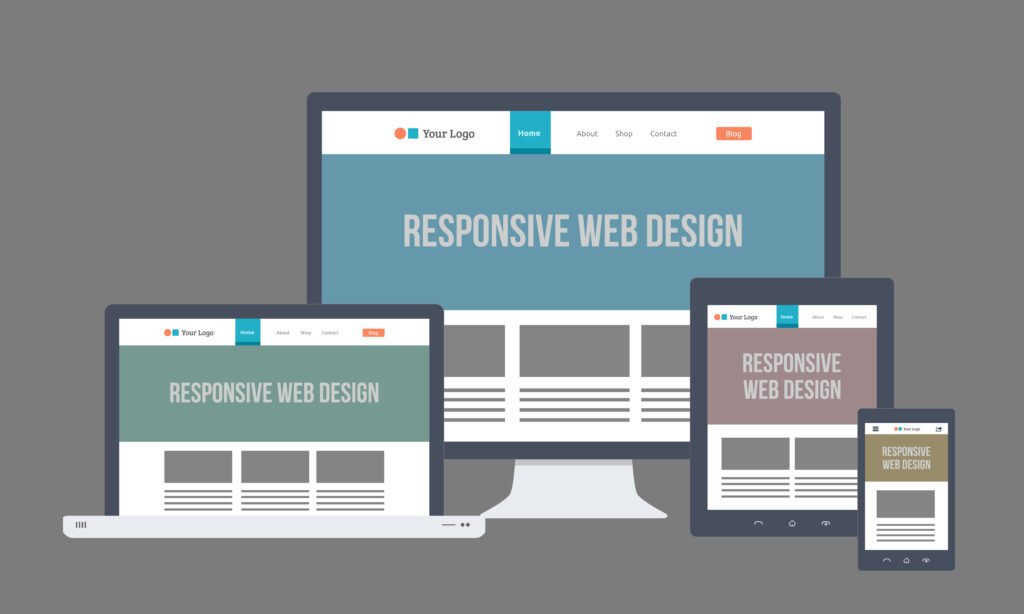In modern software development, Continuous Integration (CI) and Continuous Delivery (CD) play a crucial role in ensuring that code is continuously tested, integrated, and deployed with minimal manual intervention. CI/CD pipelines streamline the development process, allowing developers to deliver new features and bug fixes faster and more reliably. In this blog post, we’ll explore the concepts of CI and CD, how they work together, and the best practices for implementing a CI/CD pipeline.
What is Continuous Integration (CI)?
Continuous Integration (CI) is the practice of regularly merging code changes from multiple developers into a shared repository, followed by automated testing. The goal of CI is to identify and fix integration issues as early as possible, minimizing the risk of conflicts or bugs when code is merged into the main branch.
Key Steps in Continuous Integration:
- Frequent Code Commits: Developers commit code changes frequently to the shared repository, ensuring small, manageable updates are integrated regularly.
- Automated Builds: Once code is committed, an automated build process compiles and packages the code to check for errors.
- Automated Testing: Unit tests, integration tests, and other automated tests are run to validate the functionality of the code. This ensures the code works as expected and doesn’t introduce new bugs.
- Immediate Feedback: If any test fails, the team is immediately notified, allowing developers to fix the issue before moving forward.
Benefits of Continuous Integration:
- Early Detection of Bugs: By running tests automatically with every commit, bugs are detected and fixed early in the development cycle.
- Reduced Integration Issues: Frequent commits and automated testing reduce the complexity of merging changes from multiple developers, avoiding integration issues.
- Improved Collaboration: CI fosters better collaboration among team members by ensuring everyone works on the same codebase.
- Faster Development Cycles: With automated builds and testing, development becomes faster, allowing for quicker releases.
What is Continuous Delivery (CD)?
Continuous Delivery (CD) is the practice of automatically deploying code changes to a staging or production environment after passing all tests in the CI pipeline. CD ensures that the code is always in a deployable state, ready to be released at any time with minimal manual intervention.
Key Steps in Continuous Delivery:
- Automated Deployment: Once code passes all tests in the CI pipeline, it is automatically deployed to a staging environment for further validation.
- Acceptance Testing: In the staging environment, additional automated tests or manual acceptance testing can be performed to ensure the system functions as expected.
- Production-Ready Code: After the staging environment tests are complete, the code is ready for deployment to production at any time.
- Release on Demand: With CD, the team can release new features or bug fixes to production at any time, with confidence that the code is fully tested and ready.
Benefits of Continuous Delivery:
- Faster Time to Market: With automated deployments and testing, new features can be delivered to customers faster.
- Reduced Deployment Risks: Since code is deployed in small increments, the risk of introducing bugs or breaking functionality is minimized.
- Increased Reliability: Automated deployments reduce the chances of human error during the release process.
- Improved Feedback Loops: With faster deployments, developers can receive feedback from users more quickly and make adjustments as needed.
Continuous Deployment vs. Continuous Delivery
Although the terms Continuous Deployment and Continuous Delivery sound similar, they have a slight difference:
- Continuous Deployment: Every change that passes all automated tests is automatically deployed to production without any manual intervention.
- Continuous Delivery: The code is always in a deployable state, but the deployment to production may require manual approval or additional testing.
CI/CD Pipeline Architecture
A typical CI/CD pipeline consists of the following stages:
- Source Stage: Developers commit code changes to a version control system (e.g., GitHub, GitLab). The pipeline is triggered automatically by new commits.
- Build Stage: The pipeline compiles and builds the code. This stage verifies that the code can be packaged into a deployable format.
- Test Stage: Automated tests (unit tests, integration tests, etc.) are run to ensure the code functions as expected.
- Deploy Stage: The code is deployed to a staging environment where additional tests or manual reviews may be performed. If everything looks good, the code is ready for production.
- Monitor Stage: After deployment, the production environment is monitored for any issues. Monitoring tools ensure that performance, uptime, and security metrics are within acceptable limits.
Best Practices for CI/CD Implementation
- Start with CI: Implement Continuous Integration before Continuous Delivery. Ensure that the CI pipeline is robust, with comprehensive automated testing.
- Use Version Control: Store all source code, configuration files, and infrastructure definitions in version control (e.g., Git).
- Automate Everything: Automate as many stages of the pipeline as possible, including testing, deployment, and monitoring.
- Run Tests in Parallel: Running tests in parallel can significantly speed up the pipeline.
- Implement Rollback Mechanisms: Ensure you have rollback mechanisms in place in case of deployment failures. This can be done with versioned releases or feature toggles.
- Security Testing: Integrate security checks into the pipeline to catch vulnerabilities early on.
- Monitor and Optimize: Continuously monitor the pipeline for bottlenecks or failures and optimize as necessary.
Popular CI/CD Tools
Several tools can help you build and manage a CI/CD pipeline:
- Jenkins: An open-source automation server that supports building, testing, and deploying code.
- GitLab CI: A built-in CI/CD system in GitLab that offers seamless integration with Git repositories.
- CircleCI: A cloud-based CI/CD tool that automates testing and deployment.
- Travis CI: A cloud-based CI service that integrates with GitHub repositories.
- AWS CodePipeline: A fully managed CI/CD service provided by AWS.
- Azure DevOps: Microsoft’s CI/CD solution that integrates with Git and other version control systems.
Conclusion
CI/CD is an essential practice for modern software development, ensuring that code changes are integrated and deployed efficiently and reliably. By automating testing, deployment, and monitoring, CI/CD pipelines help reduce the risks of software releases, shorten development cycles, and improve collaboration among teams. At Techstertech.com, we offer tailored CI/CD implementation services to help businesses streamline their development and release processes.


